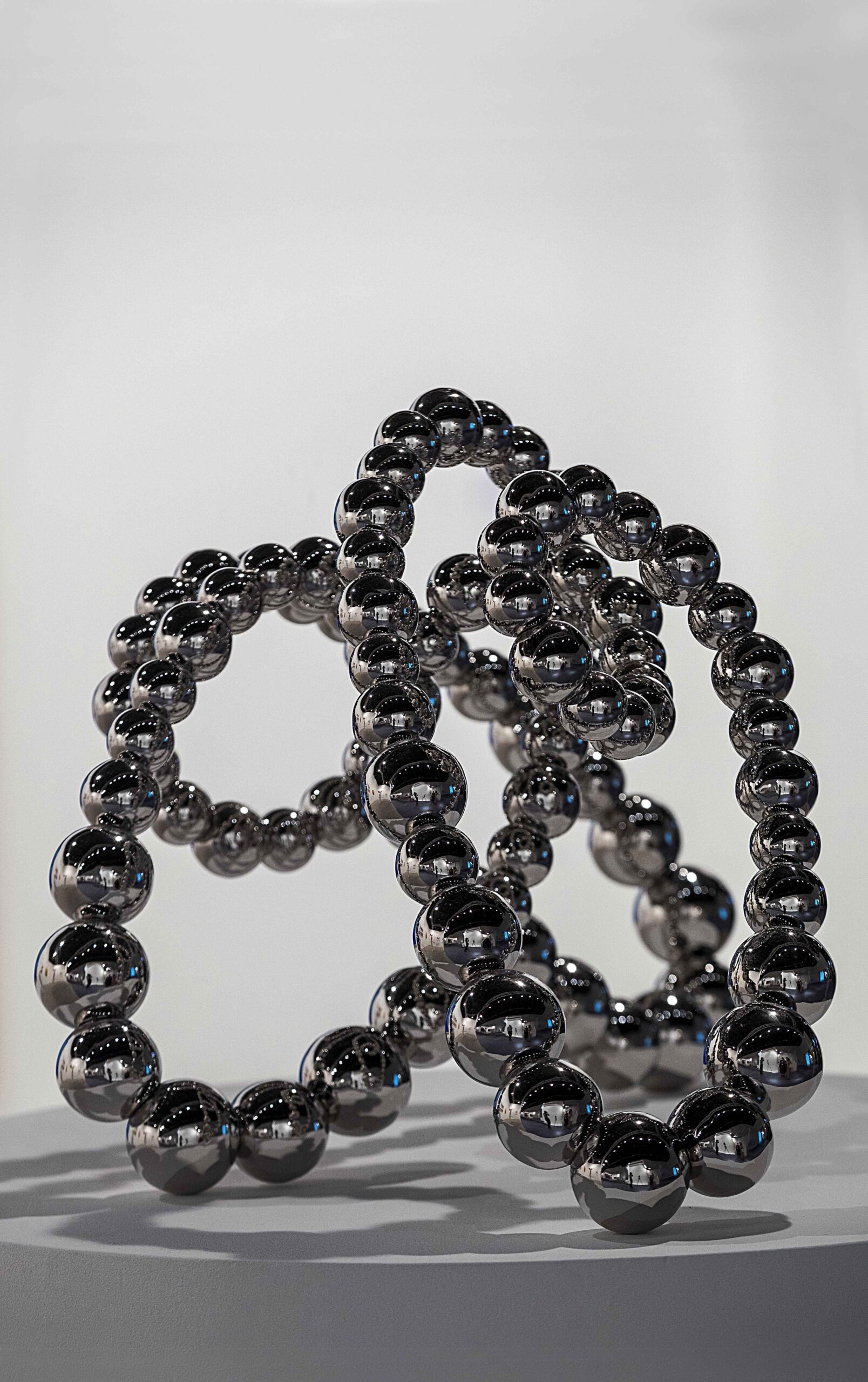Subho Tagore’s
Collection of Bauchari Sarees
Siddhartha Tagore
Subho Tagore’s My Father, Subho Tagore, was an artist, thinker, writer and poet all combined into one. He was one of the founding fathers of cubism in India and had showcased his work in numerous shows. Subho Tagore was one of the founding members of the Calcutta Group of artists which came into existence in 1943. The group came about in response to the Bengal Famine in 1943 which killed thousands, causing devastation which shook the state. Subho Tagore was one of the artists who propagated humanitarian ideals in a language which combined traditional Bengali aesthetics with the contemporary modernist mannerisms developing at the time. As a connoisseur of the arts, he possessed a fine eye for detail which made him an avid collector of various artifacts including vintage ink wells, a range of smoking paraphernalia such as pipes and hookahs, perfume bottles and a range of textiles including Kantha, Patola Sarees and of course Baluchari Sarees. When it came to Baluchari Sarees his impressive collection consisted of more than 150 sarees from Murshidabad, which were previously in my sister’s possession in Canada. 
I am not sure exactly how he collected these sarees, but I speculate that his interest was due to having seen women in our family wearing this style of saree, and because of the imagery which was commonly featured on Baluchari sarees. Views from train compartments, women smoking hookah, and more were frequently the subject matter of the imagery. Most of these pieces were signed by the famous master weaver of Baluchari Sarees, Sri Dubraj Das, along with the date. 
His fascination with smoking paraphernalia also led him to collect many Kalighat paintings depicting subjects such as women and men smoking hookah. Coincidentally the emergence of Baluchari sarees coincided with the middle period of Kalighat, and it is fascinating to see the similarities in imagery in both. Also the end of both the Baluchari saree weaving tradition and Kalighat painting occurred at around the same time.
The first time I was exposed to the collection was in the 1960’s where he took out a couple of trunks full of Baluchari sarees to inspect the collection. I clearly remember him placing neem and tobacco leaves between the sheets of cloth as a natural pesticide and folding the fabric in a way in which would help preserve the condition of the sarees, so that they would not become creased.
In his collection there were many subjects of floral motif in Mughal style, women smoking hookah, train compartment views, Kings, Queens and British Gentry, most of these motifs in the traditional violet colour. I also came to know that in 1957 my father had organized an exhibition of Baluchari sarees in an open field at The Maidan, Calcutta, which is now the site of the Tata Center. Tents were erected and chandeliers were installed to achieve the feeling of 19th century India. From what I have heard, the exhibition was quite a hit. Many people attended, and it was a ticketed event. The exhibition was initially sponsored by Atma Ram Kanodia’s father who had given the seed money for the event, however through advertisement and distribution of the brochure it became self sustaining. Among the eminent personalities of the time, Governess Padmaja Naidu, Kamaladevi Chattopadhyay and Lady Ranu Mookerjee, wife of Sire Biren Mookerjee, were some of the frequent visitors.
Read More>> Please Subscribe our Physical Magazine
